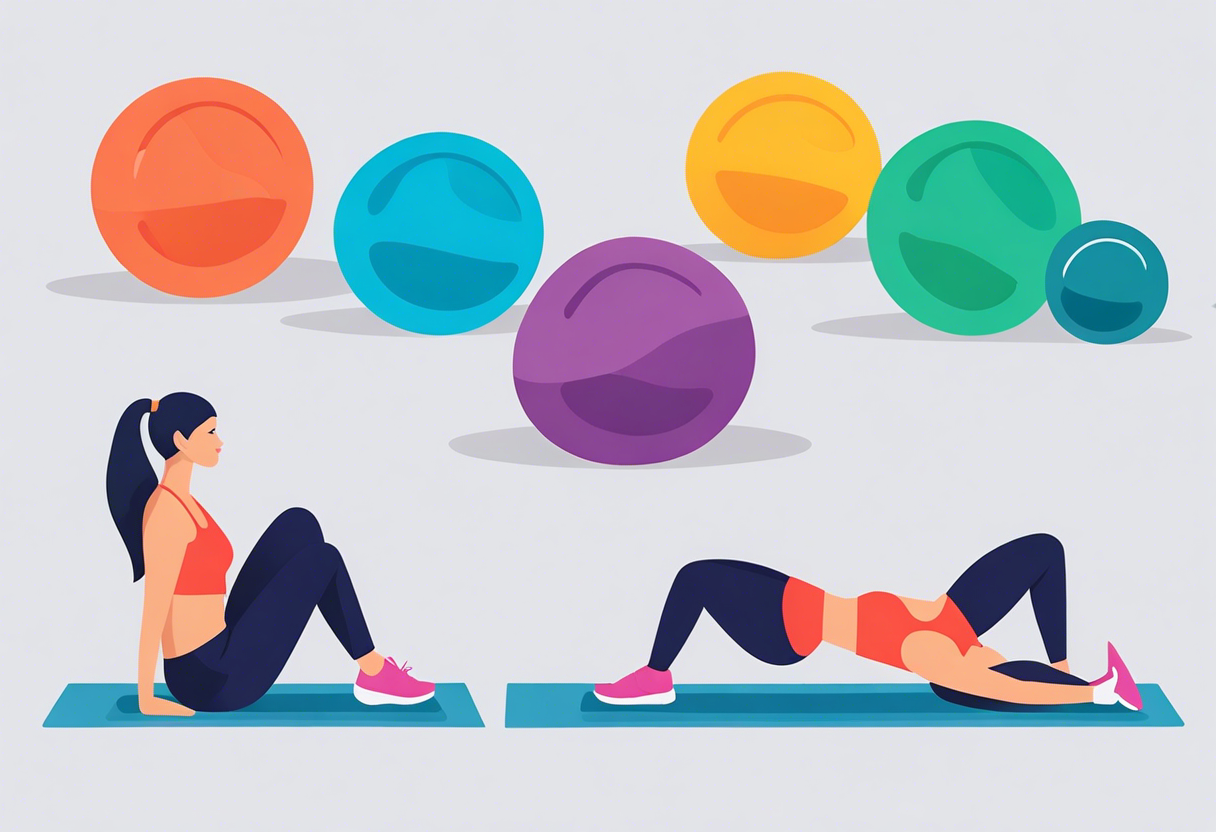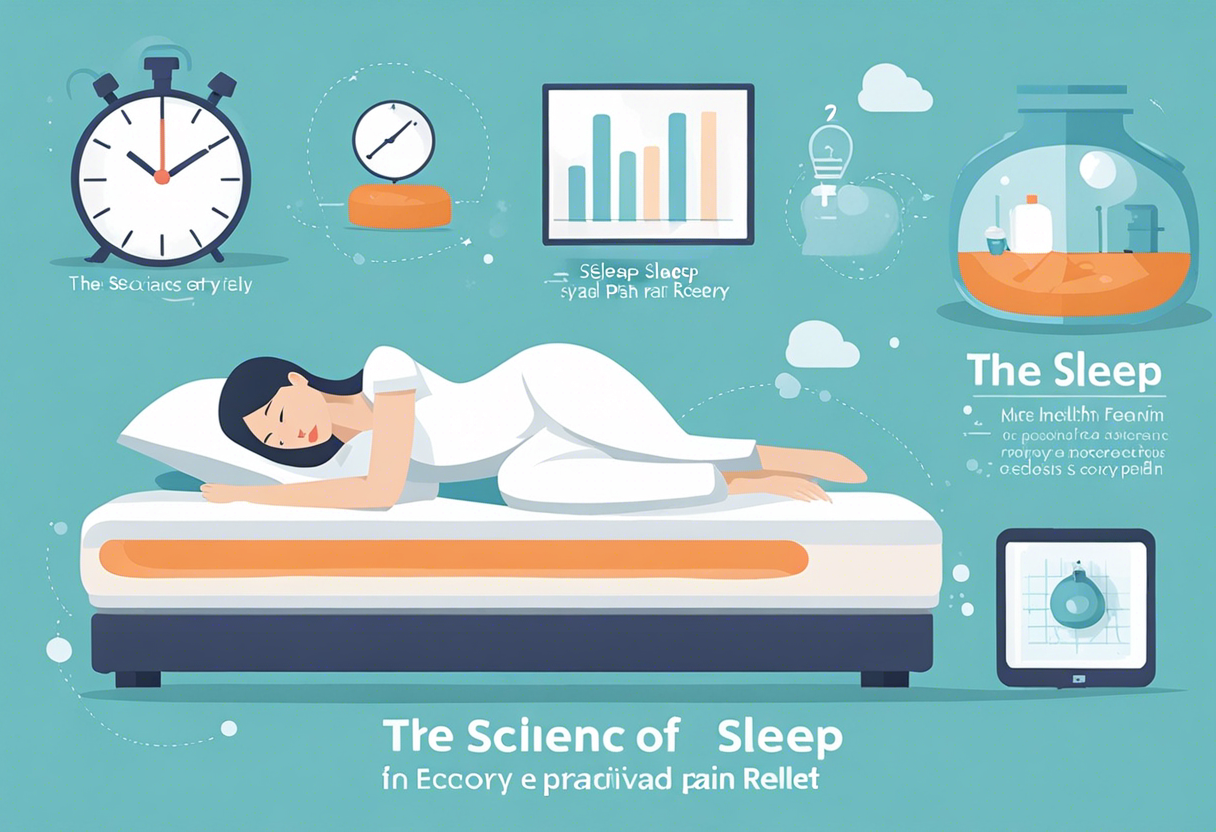Five Natural Ways to Outsmart Stubborn Back Pain and Reclaim Your Vitality
A fundamental yet often neglected factor in combating back pain lies within our daily nutritional intake. Eating a balanced, nutrient-rich diet can do wonders to alleviate pain, reduce inflammation and improve overall physical health. An inflammatory diet, full of processed foods and sugars, can exacerbate muscle pain and trigger flare-ups in the back, but by replacing harmful food items with wholesome, natural alternatives, you inadvertently begin a journey to reclaim your vitality.
Certain foods, such as berries, fish, green leafy vegetables and olive oil, are rich in anti-inflammatory properties that can fight inflammation, a major contributor to back pain. On the other hand, spices like turmeric and ginger also have potent anti-inflammatory effects, thanks to compounds like curcumin and gingerol, respectively, hence their inclusion in your diet could significantly reduce pain perception. Hydration also plays a crucial part, as it keeps the spinal discs flexible and robust, minimizing the chance of injury.
The Role of Exercise and Regular Physical Activity

Contrary to popular belief, bed rest is not the answer to persistent back pain. On the contrary, engaging in a regular exercise regimen can bolster muscle flexibility and strength, leading to a potential reduction in back pain symptoms. Exercise acts as a natural painkiller by releasing endorphins, the body's feel-good hormones, leading to a decrease in pain perception.
Low-impact aerobic exercises, like swimming or cycling, can increase the blood flow to the back muscles, accelerating healing and reducing stiffness. Moreover, core-strengthening exercises help enhance the muscles that support the spine, thus reducing the risk of recurrences. Remember, though, to always seek professional guidance before embarking on a new exercise regime, to ensure safety and maximum efficacy.
Embrace the Healing Powers of Yoga and Meditation

Yoga and meditation are powerful tools that combine physical postures, breath control, and mental focus to alleviate back pain and improve harm body functionality. Certain yoga poses, like the 'cat-cow' and 'extended triangle,' stretch and strengthen back muscles, enhancing flexibility, and reducing stiffness.
Furthermore, through meditation, managing the mental aspect of persistent pain becomes achievable. By focusing on the breath and attuning to the body, one learns to modify their relation to pain, reducing overall stress and anxiety - common triggers for muscle tension and pain.
Harness the Benefits of Therapeutic Massage

Therapeutic massage can offer significant relief from chronic back pain. By improving blood circulation, massage aids in the provision of nutrients and oxygen to the muscles, promoting healing and reducing inflammation. Depending on the type and intensity of back pain, various massage techniques, from Swedish and deep tissue to shiatsu, could be beneficial.
In addition to alleviating physical discomfort, massage therapy also possesses the ability to combat emotional stress and tension - often linked with chronic back pain. It induces relaxation, improves sleep, and stimulates the production of endorphins – the body's natural painkillers.
The Science of Sleep for Pain Relief

An overlooked but vital component of overcoming back pain is quality sleep. Sleep deprivation can exacerbate pain sensitivity, weaken overall health, and delay recovery. Conversely, when adequate rest is achieved, it allows for the body to perform essential repair processes, reducing inflammation, and rejuvenating the muscles and tissues.
Investing in an ergonomically sound mattress and pillow can play a crucial role in maintaining proper sleeping postures, keeping the spine naturally aligned, and eventually contributing to the relief of back pain. Furthermore, adopting healthy sleep habits such as maintaining a consistent sleep schedule, and creating a conducive sleep environment can make a significant difference in managing back pain and improving quality of life.